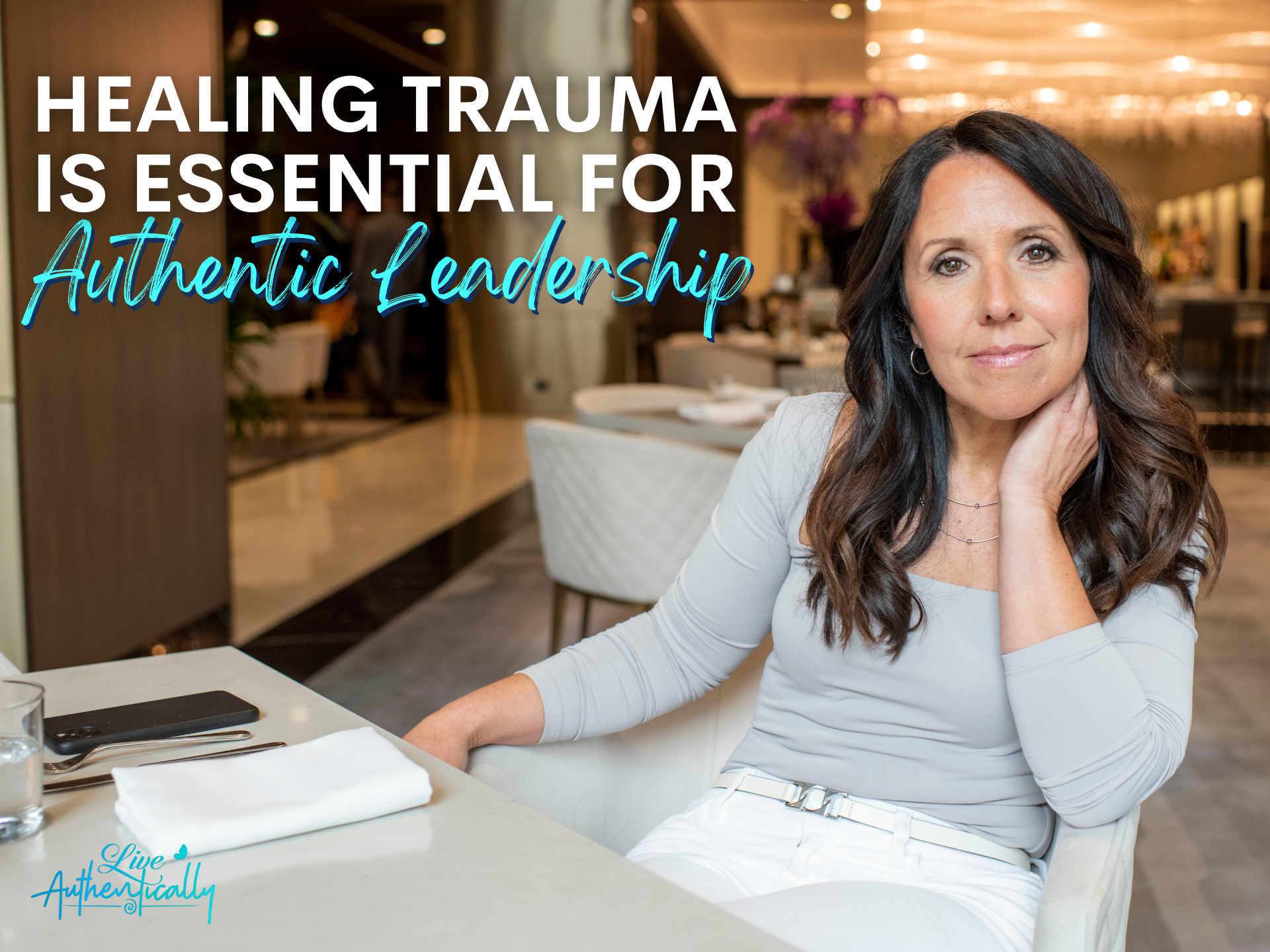As a leader, do you notice recurring patterns in your interactions with others?
Do you keep getting triggered by the same things over and over again?
Do you find yourself experiencing the same frustrations and challenges?
Past trauma may be the cause.
The way we show up in the world, including our leadership style, often requires tracing back to the root cause in order to break toxic cycles.
Trauma can present in many forms and oftentimes stems back to childhood. It can be acute, resulting from a single incident, or chronic, occurring over a prolonged period of time. And the magnitude of the trauma can vary as well, from minor disappointments to catastrophic events.
Toxic behaviors can be downright damaging to an organization and its people. Perfectionism, people-pleasing, procrastination, a bad temper, lying, being self-absorbed, inconsistent, controlling, being untrustworthy, and having trust issues are just some of the toxic traits that can show up in adulthood.
These toxic patterns can be healed by turning the unconscious ways of operating, doing things the way they’ve always been done, into a conscious, more front-of-mind space, where self-awareness and growth are the priority.
The reality is that unless we decide to heal our individual traumas, our ability to lead others is hindered significantly.
The ability to lead others is limited by the depth at which someone has met themselves, psychologically, spiritually, and emotionally. That said, if you’ve got surface-level execs running an organization who hasn’t done the individual healing work, they’re likely to be struggling with a disengaged workforce with low morale, and ultimately damaging the bottom line.
On the other hand, an executive who’s willing to face their blind spots and be vulnerable is a totally different ball game. This exec understands that the real payoff happens when we invest in our individual well-being first, and knows that the way to a robust bottom line is through their people – making them all feel seen, heard, valued, appreciated, and cared for.
One of the bravest decisions a leader can make is to heal past trauma. It’s a vulnerable territory, no doubt, and it’s no surprise that people aren’t jumping out of bed excited to heal their past traumas. But remember, there’s no growth in comfort and no comfort in growth.
If you really want to open yourself and your organization up to the unlimited upside, the work must be done at the individual level, from the inside out.
I’d love to explore this with you. I’ve done it in my own life, and now I help execs get out of their own way so they can be the conscious leaders that their organizations, and humanity, need them to be. Let’s chat!
